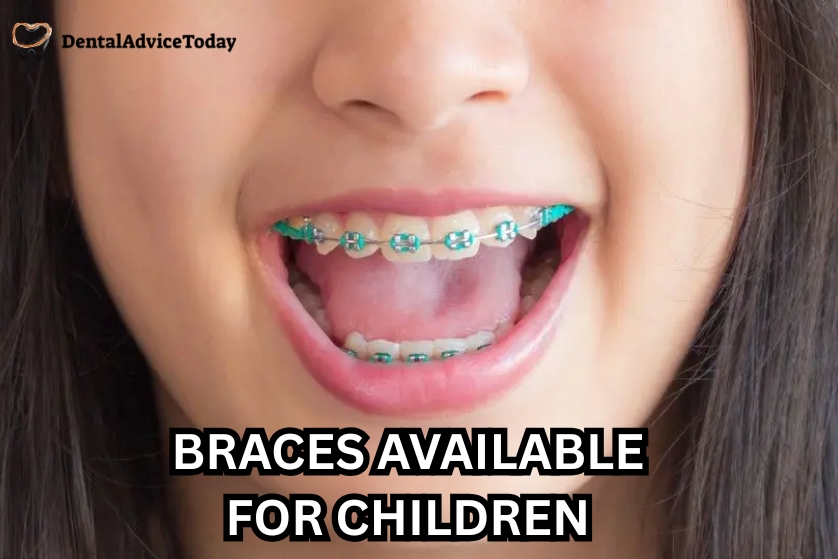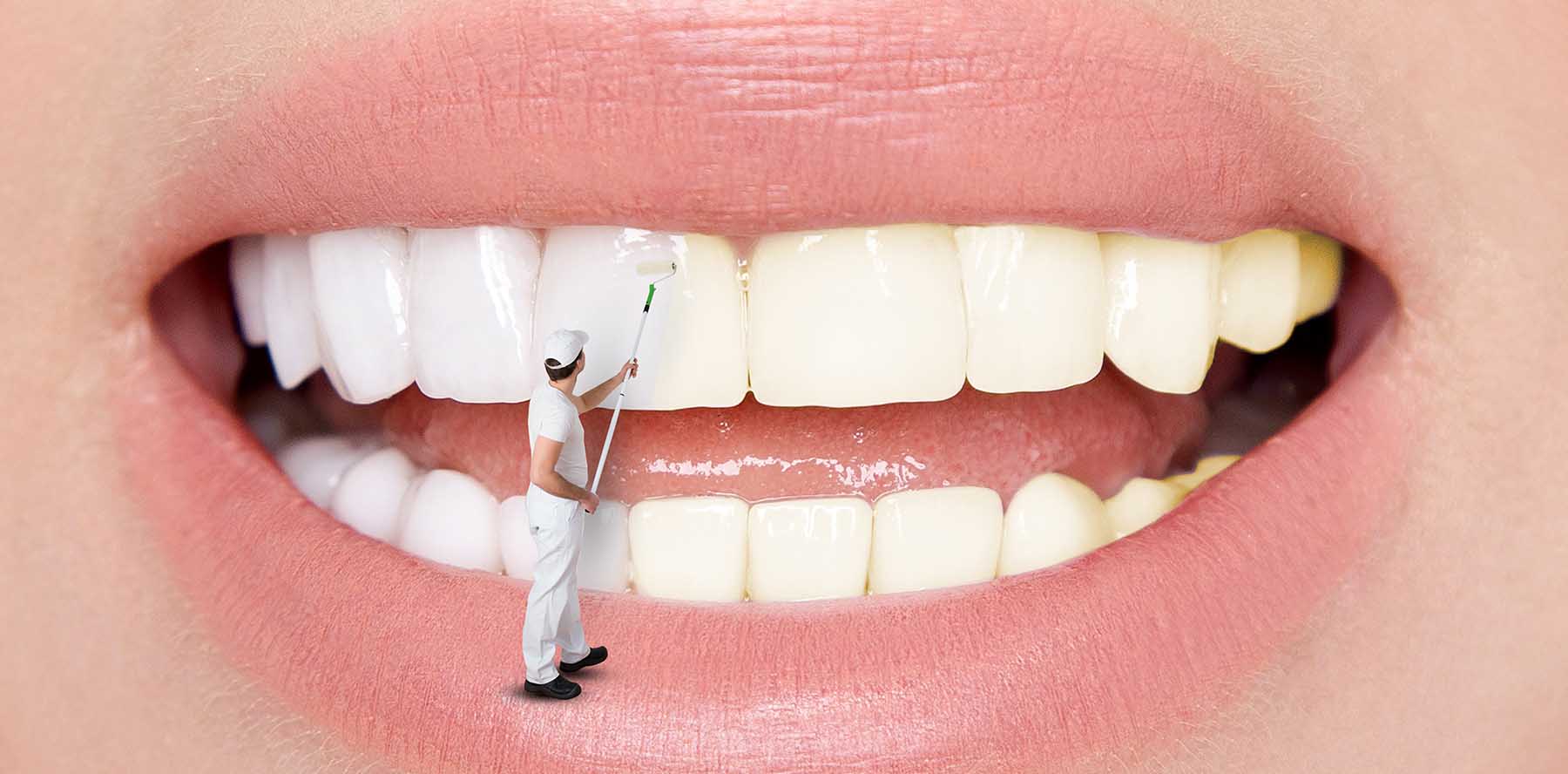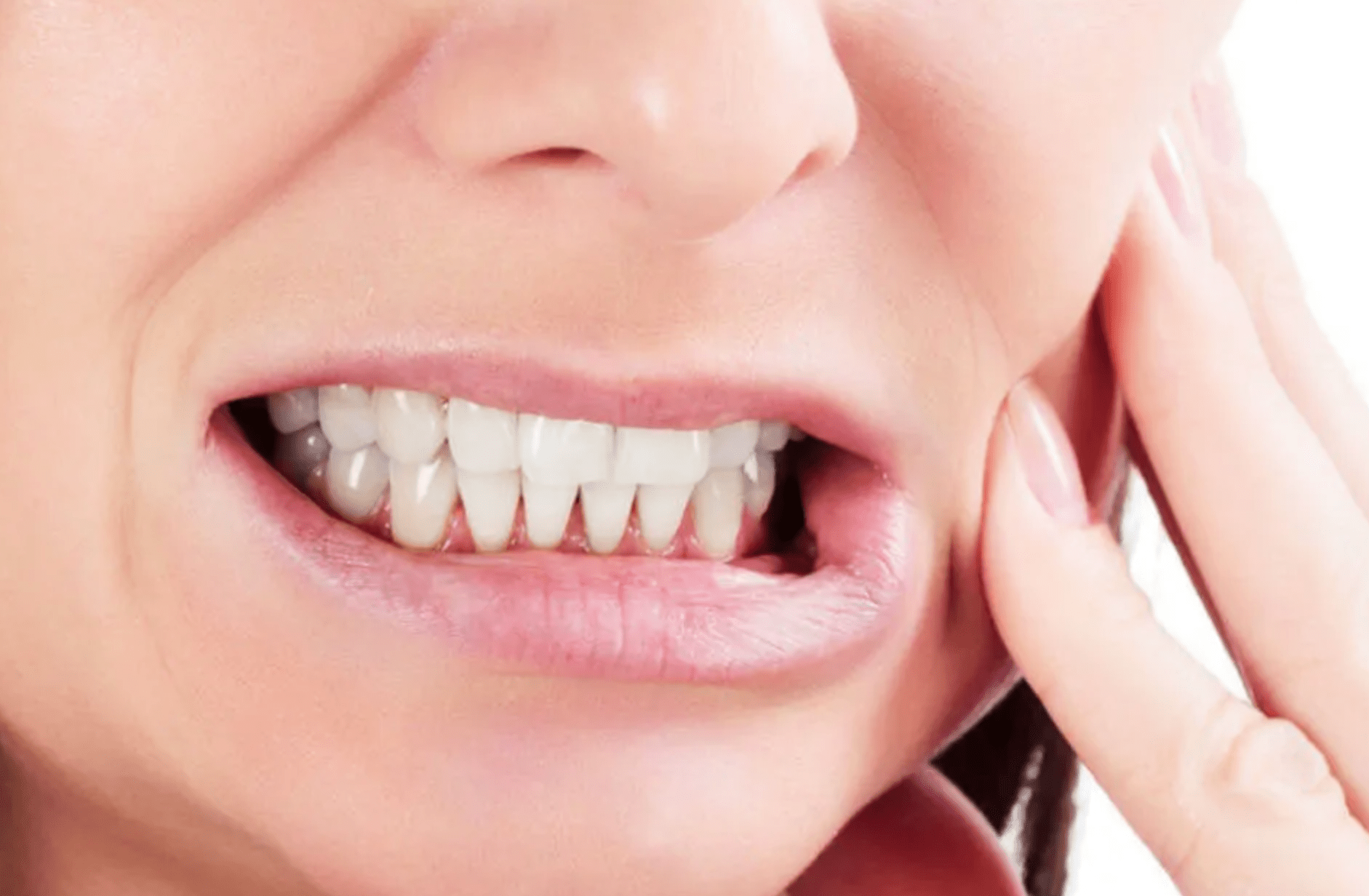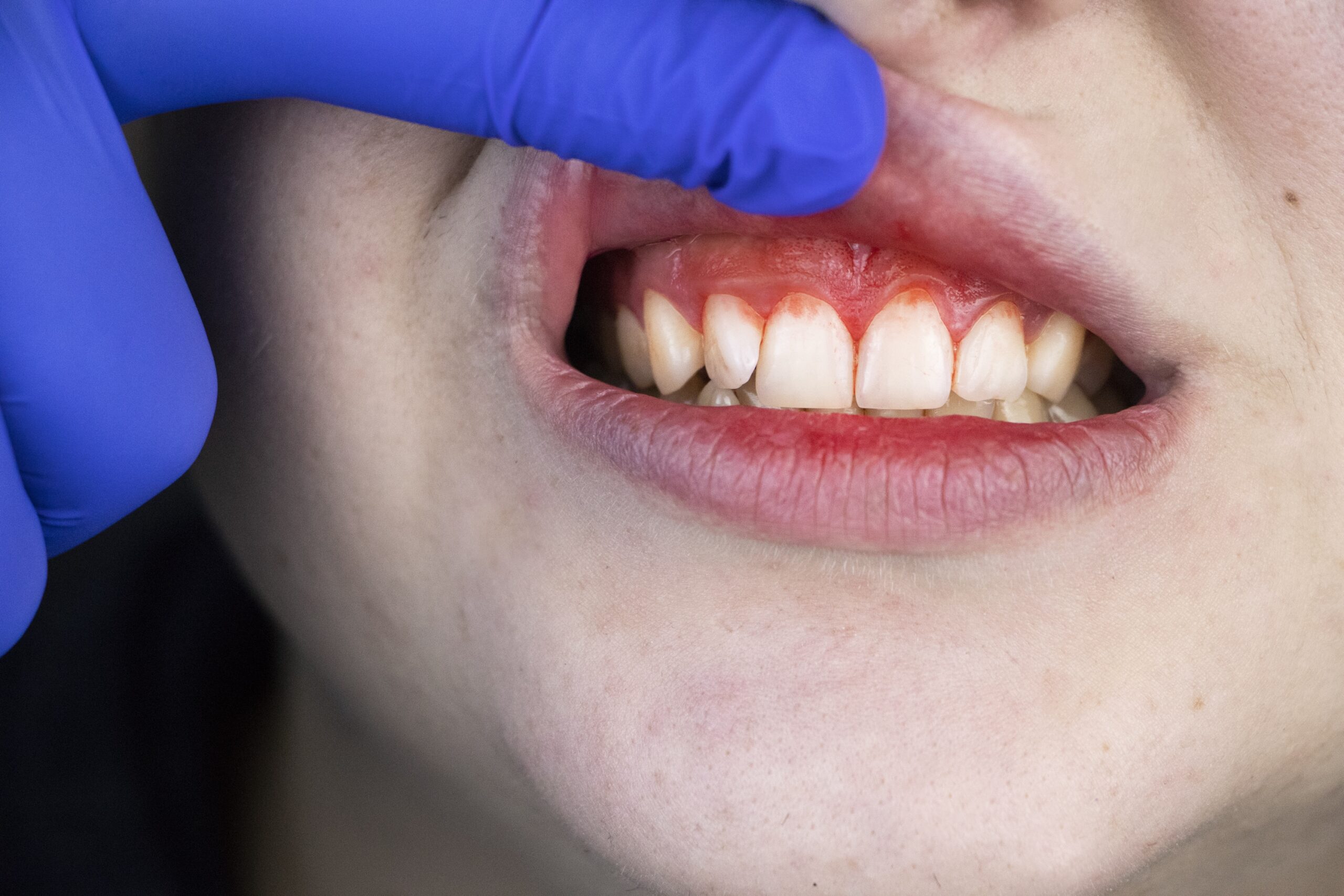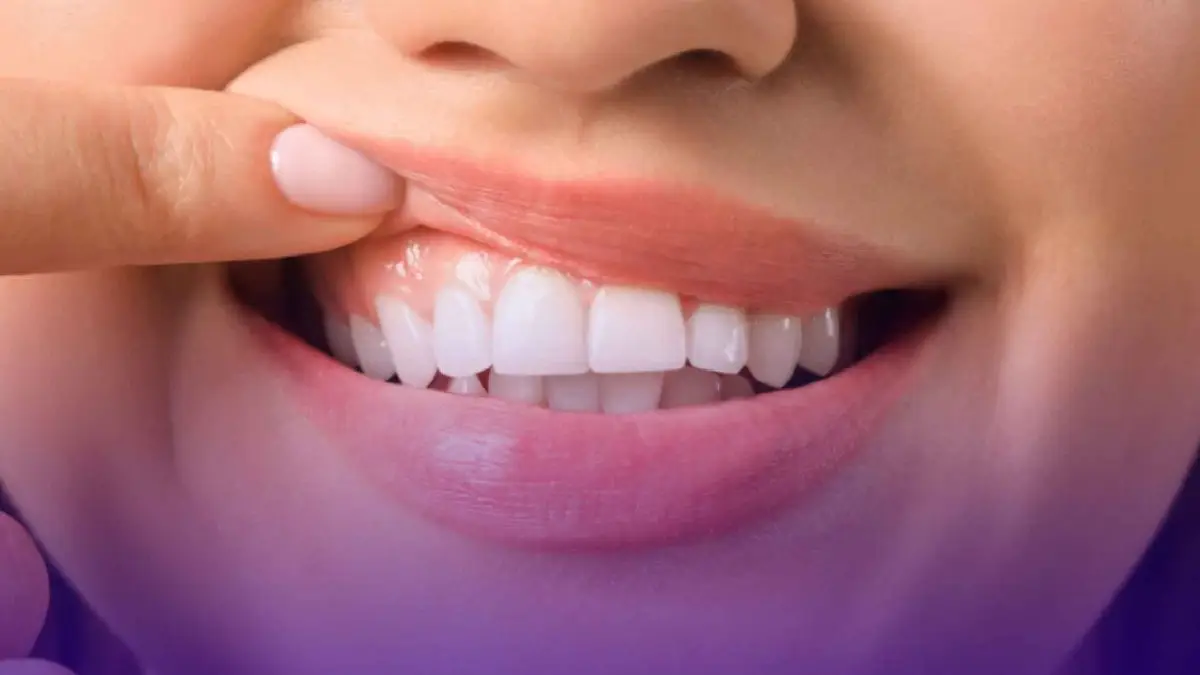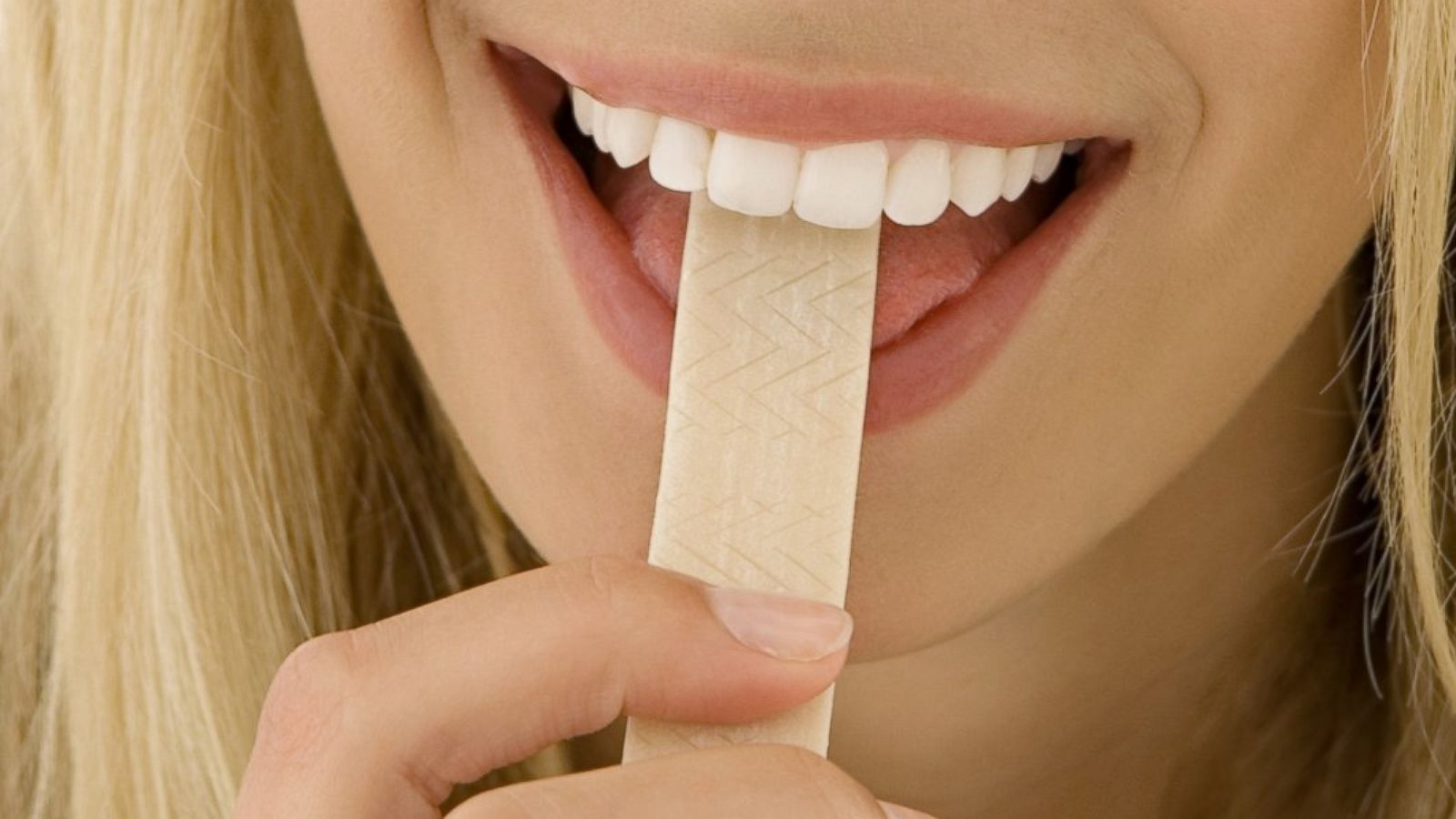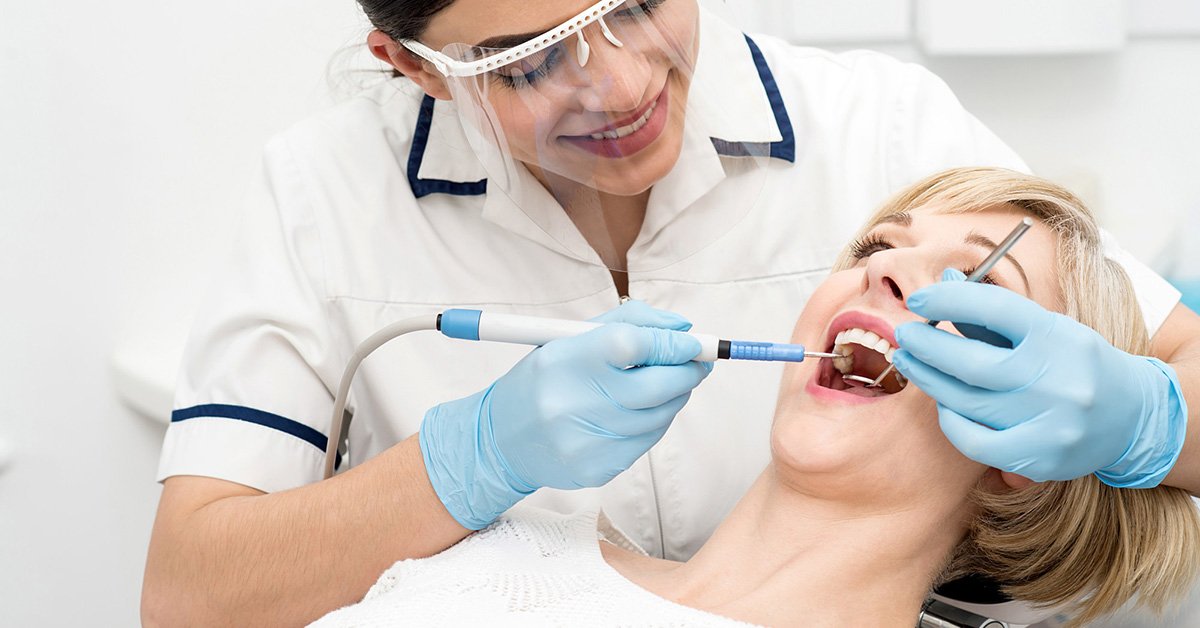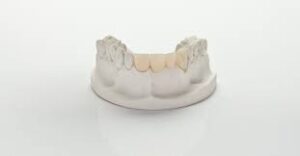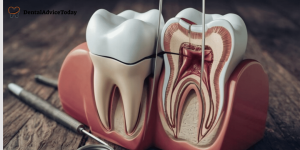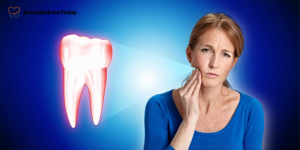Have you ever noticed the smile on your child and wondered, Does my child need Teeth braces? It is one of the most frequent questions for parents. Braces do not only focus on appearance. They enhance how your child eats, talks, and smiles. They also assist in avoiding dental issues in the future. You can find this blog useful if you are living in the USA and have a question about braces for kids. We shall discuss the available types of braces and how to select the best one to use on your kid.
Why Do Children Need Teeth Braces?
There are numerous reasons why children should have braces. Some kids have crowded teeth. Some have interdental spaces. There are those who have issues with their teeth, like overbite or underbite. Braces fix these issues. They assist in speech and chewing as well. Braces are not just about straightening teeth. They enhance oral health and confidence, also. Dental problems are easier to correct the earlier you do it. This is what influences most orthodontists to recommend that braces be checked in children by age 7.
What is the best age to get braces for a child?
Ideally braces are used between 8 to 14 years old. Most permanent teeth are established at this age. The bones of the jaw are still tender and it is easier to move the teeth. You might think this is too early in case your child is 8 or 9. Early braces in other instances assist in directing jaw development. This prevents bigger problems later. Every child is different. Your orthodontist will suggest the right time after a full check up.
What are Two Phase braces?
Two Phase braces mean treatment in two stages. It helps children at an early age and again in their teen years.
- Phase One 7 to 9 years old
This stage guides jaw growth and creates space for adult teeth. It may include partial braces, spacers, or other devices.
- Phase Two 11 to 14 years old
This stage uses full braces or aligners. It corrects all teeth alignment issues.
Benefits & Best Use
- It prevents severe dental issues, saves time on treatment in the future, and enhances outcomes.
- Children who have crowding, imbalance of the jaw, or bite issues early.
What Are the Different Types of Braces for Kids’ Teeth?
Braces come in numerous varieties. Each type has its benefits. Here are the most common ones
- Metal Braces: Metal braces move teeth step by step with metal brackets and wires. They are strong and they work well. Children like to pick colored strips. They are also the cheapest braces.
- Ceramic Braces for Children: These are like metal braces except that they are made of transparent or tooth colored brackets. These appear more attractive but are more expensive. They are weaker compared to metal braces. The backs of the teeth are braced with lingual braces. This makes them invisible on the front. They are more difficult to wash and can be uncomfortable.
- Self Ligating Braces: The braces are made of clips rather than rubber. They are less difficult to clean and can require fewer visits.
- Invisible Teeth Braces: Clear aligners are transparent trays that are placed over teeth. They can be extracted and are nearly invisible. Children are required to wear them the whole day. Older children and teens are the best candidates.
- Removable Braces: These braces can be removed in order to eat and brush. They can be used in small corrections. However, they require discipline since children should wear them on a regular basis.
What are Traditional Metal Teeth Braces for Kids?
Traditional metal braces, brackets, and wires are made of metal. They bring teeth to the right position bit by bit. They are the most powerful and cheapest. It is also fun when kids add colors to the bands. When your child is 8 or 9, orthodontists tend to recommend using metal braces first.
Ceramic braces are more attractive since the brackets are either tooth-colored or clear. They blend with the teeth. These are braces made of metal, but weaker. Otherwise, they can be damaged or stained. They are expensive compared to metal braces. Children and teenagers who want a better appearance tend to get ceramic braces.
What Factors Influence Choosing the Best Braces for Kids?
When you choose braces, you should consider different factors. These include:
- Age of the child: Younger kids often start with metal braces. Older kids may try invisible braces.
- Dental needs: Some kids have simple corrections. Others need more advanced treatment.
- Appearance: Some kids do not mind visible braces. Others prefer clear or ceramic braces.
- Cost: Metal braces cost less. Ceramic, lingual, and clear aligners cost more.
- Comfort: Some braces feel smoother. Others may feel bulky.
- Responsibility: Removable aligners or braces need discipline. Fixed braces work better if kids forget.
- Treatment time: Some types take longer. Some need fewer visits.
How Should Parents Help Children Care for Braces?
Braces require daily care. Parents are very important in the process.
- Remind your child to Brush after every meal
- Use a soft bristle toothbrush.
- Assist children in using flossing materials.
- Wash with mouthwash to combat bacteria.
- Avoid sticky and hard foods, candy, and nuts.
- Eat small pieces of fruits and vegetables.
- Visit the orthodontist on a regular basis.
- Get children to smile with confidence.
Conclusion
Kids’ braces are not only about straight teeth. They aid in chewing, talking, and self assurance. The choices to make are metal, ceramic, lingual, self ligating, clear aligners, and removable braces. Each type has pros and cons. The right decision will be based on the needs of your child. Visit an orthodontist early. Ask for Two Phase braces when your child is young. The sooner you do it, the simpler it is to correct the dental issues. A beautiful smile provides confidence to your child in life.
FAQS
What are the invisible teeth braces in children?
Clear aligners are referred to as invisible braces. They are thin plastic trays that can fit over teeth. They gradually insert teeth. Children are able to take them off during eating or brushing. However, they need to put them on 20 to 22 hours a day. They are nearly invisible, and this is good for the kids who may be shy about the metal braces. They are more expensive than the metal braces.
What is the comparison between removable and fixed braces in children?
Removable braces do not bond to the teeth. Children are allowed to carry them with them at lunch and during a break. They are suitable for minor corrections. However, they do not hold as well as fixed braces. Clinging braces are superior for larger issues. Discipline is also required of removable braces. Unless kids wear them frequently, they do not work. There is more control with fixed braces.
Does your child have braces too early, at age 9?
No, it is not too early, 9 years is not too young in most instances. There are children who have early treatment using Two Phase braces. This assists in the development of the jaw and provides room for adult teeth. Early braces will help eliminate larger dental issues in the future. However, not all children require braces at this age. An orthodontist will inspect the teeth of your child and recommend the appropriate time.
